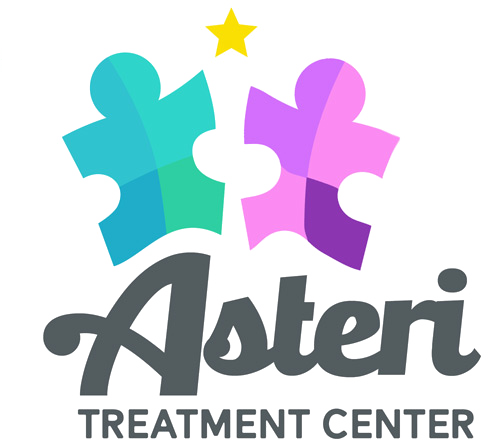Applied Behavior Analysis (ABA) therapy has emerged as a widely recognized and effective approach for helping individuals with developmental challenges, particularly those diagnosed with Autism Spectrum Disorder (ASD). Rooted in the principles of behavioral science, ABA therapy techniques focus on understanding and modifying behaviors to improve communication, social skills, and overall quality of life. Its methods are evidence-based, adaptable, and highly individualized, making it a powerful tool in supporting people across various age groups and abilities.
The foundation of ABA therapy lies in its emphasis on observable behaviors and measurable progress. Therapists assess behaviors to identify triggers, functions, and consequences, aiming to understand why certain behaviors occur. This analysis provides critical insights into how to replace undesired behaviors with positive, functional ones. For example, if a child engages in tantrums to escape a difficult task, ABA therapy might teach the child a more constructive way to request a break, such as using a word, gesture, or communication device.
How Do ABA Therapy Techniques Work?
One of the primary methods in ABA therapy is positive reinforcement. This involves rewarding desired behaviors to encourage their recurrence. Reinforcers are carefully selected based on the individual’s preferences and can range from praise and stickers to access to favorite activities or snacks. Over time, consistent reinforcement helps individuals build new skills and integrate them into their daily routines. For instance, a therapist might reward a child with verbal praise and a small toy for successfully making eye contact during a conversation, gradually reinforcing this behavior until it becomes natural.
Discrete Trial Training (DTT) is another common ABA method that focuses on breaking down complex skills into smaller, manageable steps. Each step is taught systematically through repetition, with clear instructions and immediate feedback. For example, teaching a child to recognize colors might involve presenting a single color, asking them to identify it, and providing reinforcement for correct responses. DTT’s structured approach helps individuals master foundational skills before progressing to more advanced ones.

Natural Environment Teaching (NET) takes a more organic approach, using everyday activities and contexts to encourage learning. Unlike the structured setting of DTT, NET capitalizes on natural interactions to teach skills. For example, during playtime, a therapist might use a child’s interest in toy cars to teach counting, colors, or sharing. This method not only helps generalize skills across different environments but also makes learning engaging and meaningful.
Another critical aspect of ABA therapy is behavior reduction. When individuals exhibit challenging behaviors, therapists work to identify the underlying causes using functional behavior assessments. By understanding the purpose a behavior serves—whether it’s to gain attention, escape a task, or fulfill a sensory need—therapists can design strategies to address it. This might involve teaching alternative behaviors, modifying the environment, or changing how others respond to the behavior.
Parent and caregiver involvement is integral to the success of ABA therapy. Therapists often work closely with families, equipping them with strategies to reinforce learning and manage behaviors outside of therapy sessions. This collaboration ensures that progress achieved during therapy extends into daily life, creating a supportive environment for sustained growth.
Contact Our Treatment Center Today
To learn more about our services at the Asteri Treatment Center, call us today at (800)400-9748 or send us an email.

